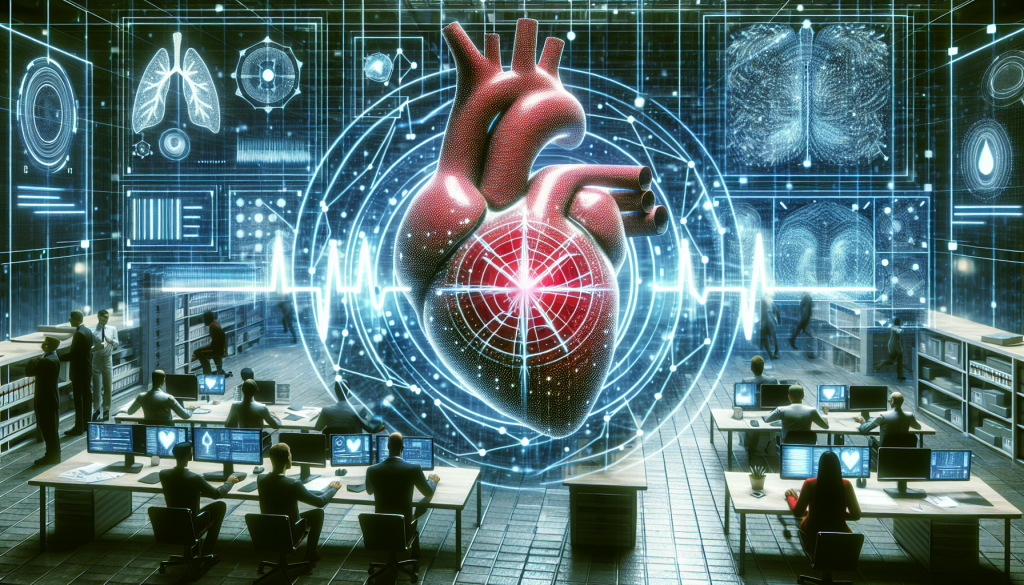
Your Heartbeat as Your Password: The Rise of Cardiac Biometrics
Your Heartbeat as Your Password: The Rise of Cardiac Biometrics
With the constant threat of identity theft and data breaches, it’s no surprise that companies and individuals alike are looking for more secure ways to protect sensitive information. While traditional passwords and fingerprint scanners have been popular methods, there is a new player in town – cardiac biometrics. Imagine using your own heartbeat as your password. Sounds futuristic, right? Well, with advanced technology and research, this concept is quickly becoming a reality. Let’s explore the rise of cardiac biometrics and how it may revolutionize the way we protect our personal information.
What is Cardiac Biometrics?
Before diving into the potential of using our own heartbeat as a password, let’s first understand what cardiac biometrics actually is. Cardiac biometrics is a method of using a person’s unique heart features as a way of identification. Just like a fingerprint, each individual’s heart has a distinct pattern of electrical activity, which can be measured and used for identification purposes.
This technology relies on an electrocardiogram (ECG), a recording of the electrical activity of the heart, to capture and analyze the unique patterns and signals of a person’s heartbeat. Once this information is recorded, it can be used to create a biometric template – a digital code that is unique to each individual. This template is then used for authentication, similar to how a fingerprint or facial recognition scan is used.
The Advantages of Cardiac Biometrics
One of the main advantages of using cardiac biometrics as a password is its strong level of security. Unlike traditional passwords, which can be guessed, stolen, or forgotten, the unique patterns of a person’s heartbeat make it nearly impossible for someone else to replicate. In addition, unlike fingerprints, which can be lifted from surfaces, or facial recognition, which can be tricked with photos, our heartbeats cannot be easily replicated without the presence of the individual.
In addition to its security benefits, cardiac biometrics also offers convenience. As our heartbeats are a part of us, there is no need to remember or carry around a password. This eliminates the risk of writing passwords down or using the same one for multiple accounts. In turn, this could potentially reduce the number of cyberattacks and data breaches, creating a safer online environment for everyone.
The Rise of Cardiac Biometrics
The concept of using cardiac biometrics as a form of authentication is not a new one. In fact, it has been in research and development for several years now. However, with advancements in technology and an increase in data breaches, the demand for more secure forms of authentication has grown.
Many major companies and organizations, such as Visa, Mastercard, and Microsoft, have already begun incorporating this technology into their products and services. For example, Mastercard has introduced a biometric card which uses a person’s fingerprint and ECG to verify their identity for payments. In addition, tech giants like Apple and Samsung have also expressed interest in incorporating cardiac biometrics into their devices, making it accessible to the general public.
Future Possibilities
The potential for cardiac biometrics goes beyond just password protection. Some researchers have explored the idea of using this technology for medical purposes, such as detecting heart conditions or monitoring heart health. In addition, there is also the possibility of using it for access control, in areas such as airports or government institutions, where security is crucial.
Conclusion
The rise of cardiac biometrics brings with it a whole new level of security and convenience. As this technology continues to advance and become more accessible, it may become the password of the future. With its unique and highly secure features, it has the potential to revolutionize the way we think about password protection and personal identification. So, let us welcome the era of using our own heartbeat as our password.
